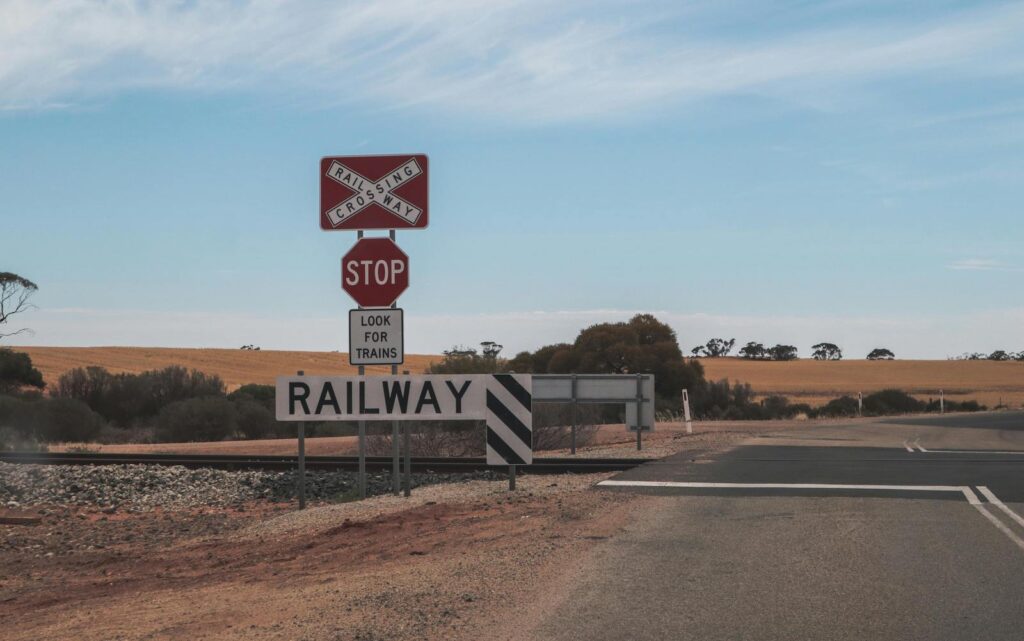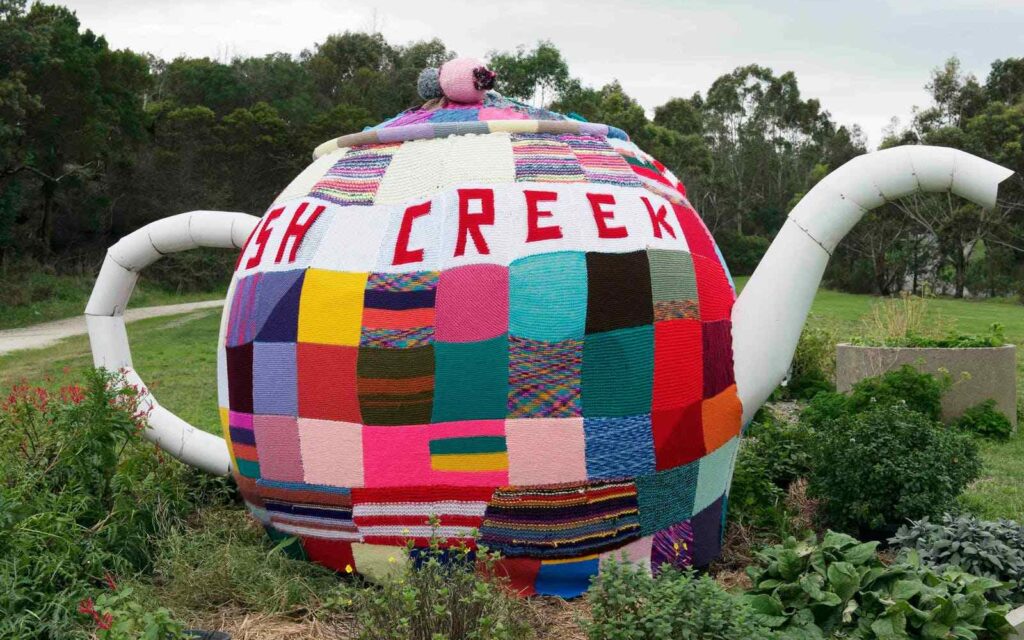It’s Nicholas Sparks movie time again, and you know what that means: young lovers from two different worlds trying to make it work while some old guy – or just a bunch of his letters – lurk around in the background and hand out useful advice. Luke Collins (Scott Eastwood) is a professional bull rider who’s struggling to make a comeback after Rango the killer bull kicked his ass, while Sophia Danko (Britt Robertson) is a fine arts student set to take on an internship at a snooty New York gallery. In and around Luke and Sophia’s struggle to find a rain storm to kiss in, The Longest Ride also contains a 1940s era romance between Jewish refugee Ruth (Oona Chaplin) and small town tailor Ira (Jack Huston) who grows up to be the old guy (Alan Alda) who provides a sturdy romantic example to Sophia after she and Luke go their separate ways.
But because Sparks knows that the secret to his success both as a novelist and as a novelist who keeps getting his books turned into movies, is keeping everyone (and he means everyone) in the cinema happy, this also features such diverse material as a World War 2 “battle” so generic it could have been fought against the Germans, the Japanese, the Italians, or the cast of Hogan’s Heroes; at least two lectures on modern art; a sod-kicker child who shows up to school wearing a T-shirt and overalls; a sorority house full of half-dressed giggling girls; male butt shots and brief topless female nudity; at least two dramatic sequences involving bull’s names being pulled out of a hat; cowboys in leather chaps; the terms “Buckin’ crown”, “buck-offs” and “buckle”; young lovers kissing while swimming; at least one lecture on the importance of cowboy hats; and the further adventures of Rango, the killer bull that, according to one rodeo announcer, “needs no introduction”. It’s completely clichéd and totally lacking in surprises, but it’s also the kind of film that can be a lot of fun so long as you’re willing to go with the flow – of tears, as it’s not messing around when it comes to piling on the supposedly sad stuff towards the back half. Sparks did write The Notebook, after all.
Recommended

Entries are now open for one of Australia’s richest poetry competitions opens

The iconic St Kilda Film Festival is celebrating 40 years this June, with a program that’s ‘bigger and bolder than ever’

The pub meets Scienceworks: A Pint of Science Festival serves up a tasting paddle of surprising science sessions

10 years of wonder: Sovereign Hill's Winter Wonderlights return
